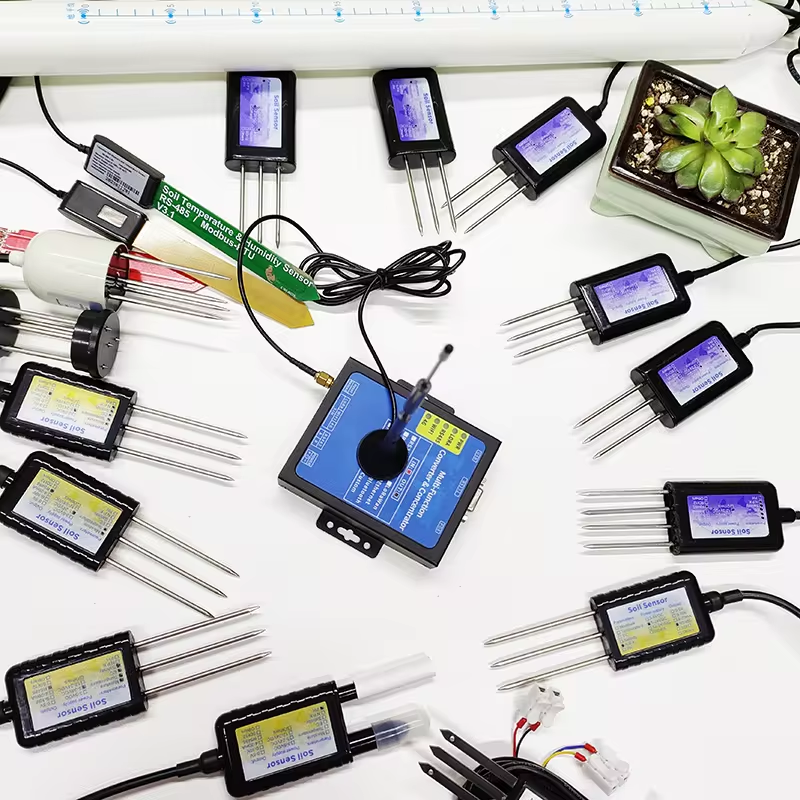In the context of the rapid development of digital agriculture, farmers in the Philippines have begun to widely adopt soil sensor technology to improve agricultural production efficiency and sustainability. According to recent survey data, more and more farmers are aware of the importance of soil sensors in optimizing irrigation, fertilization and increasing crop yields. This trend is changing the face of traditional agriculture.
Key features of soil sensors
- Real-time monitoring of soil conditions: Soil sensors can monitor key indicators such as soil moisture, temperature, pH and nutrients in real time. This real-time data helps farmers understand the actual condition of the soil and make accurate management decisions.
- Precision irrigation: By obtaining soil moisture data, farmers can carry out precise irrigation according to the actual needs of crops, avoiding the traditional blind irrigation method of “looking at the weather and collecting water”. This not only saves water resources, but also improves the efficiency of crop growth.
- Reduce the use of fertilizers: Soil sensors can analyze the nutrient status of the soil and help farmers apply fertilizers scientifically and use fertilizers rationally. This not only reduces production costs, but also reduces environmental pollution caused by excessive fertilization.
- Easy to operate and real-time feedback: Modern soil sensor devices are usually equipped with mobile phone applications, which can be connected to smart devices via Bluetooth or wireless networks. Users can monitor their fields anytime and anywhere, and get real-time feedback, which improves the flexibility of agricultural management.
Positive response from farmers
In many parts of the Philippines, farmers have generally given positive feedback on soil sensors. Antonio, a farmer from Mindanao, shared: “Since I started using soil sensors, I have a clearer understanding of soil conditions, and the use of water and fertilizers has become more precise, and the yield of crops has increased significantly.”
Another farmer who grows rice in Luzon, Marian, said: “We used to face water shortages or overwatering, but now through sensor monitoring, I can know when irrigation is needed, which saves a lot of water resources.”
Support from the government and non-governmental organizations
In order to promote the application of this technology, the Philippine government and several non-governmental organizations (NGOs) are also strongly supporting the promotion and popularization of soil sensors. These organizations not only provide financial support, but also hold training courses to help farmers better understand and use these new technologies.
Future prospects
With the continuous advancement of technology and the reduction of costs, the application prospects of soil sensors in the Philippines are very broad. It is expected that in the next few years, more farmers will join the ranks of smart agriculture to improve the sustainability and risk resistance of agricultural production.
Conclusion
The widespread use of soil sensors marks the transformation of Philippine agriculture towards intelligence and digitalization. The data obtained by farmers in production will provide valuable reference and guidance for future agricultural development. Through this emerging technology, Philippine farmers are expected to embark on a more sustainable agricultural development path while increasing production and reducing resource waste.
For more soil sensor information,
please contact Honde Technology Co., LTD.
Email: info@hondetech.com
Company website: www.hondetechco.com
Post time: Dec-02-2024


